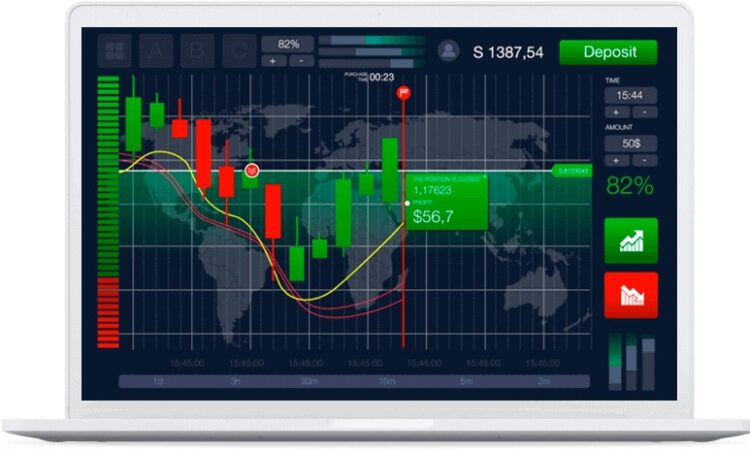
Options trading allows investors to wager on an underlying asset’s price direction without purchasing the asset outright. Options contracts enable the holder to buy or sell an asset at a set price on or before a specific date. Those interested can try this out using Saxo Bank’s services.
The two types of options contracts are call options and put options. Call options enable the holder to buy an underlying asset at a set price on or before an agreed-upon date. In contrast, put options enable the holder to sell an underlying asset at a specific price by an agreed-upon date.
The Australian options market is a market where options contracts are traded. The Australian Securities Exchange (ASX) is the largest options exchange in Australia.
When it comes to options trading, there is no one-size-fits-all strategy. Each trader needs to find the approach that best suits their goals and risk tolerance. However, some strategies can be helpful for traders in the Australian options market.
Covered Calls
A covered call is an options strategy that involves buying an underlying asset and selling a call option on that asset. The call option enables the holder to buy the underlying asset at a set price on or before a specific date.
This strategy is bullish, as it involves buying an asset the trader expects to increase in value. However, the potential upside of the trade is limited by the premium received from selling the call option.
The trader must first buy the underlying asset to execute a covered call. They then sell a call option with a strike price higher than the asset’s current market price. The premium from selling the option will offset some of the cost of buying the underlying asset.
While the covered call is a relatively simple strategy, it does have some risks.
Put Selling
Put selling is an options strategy that involves selling a put option on an underlying asset. The put option enables the holder to sell the underlying asset at a set price on or before a specific date.
The put seller is betting that the underlying asset price will not fall below the put option’s strike price. If the asset price does not fall below the strike price, the put seller will keep the premium from selling the put option. If the asset price decreases below the strike price, the put seller will be forced to buy the asset at that price.
Put selling is a relatively simple strategy, but it does have some risks.
Bull Put Spread
A bull put spread involves buying a put option with a lower strike price and selling a put option with an inflated strike price. Both options have the same expiration date.
The bull put spread is a bullish strategy aiming to profit from an expected increase in the underlying asset price. The trader buys the put option with the lower strike price to limit the risk if the asset’s price does not increase as expected. However, if the asset’s price does increase, the trader will only make a profit up to the strike price of the higher put option.
To execute a bull put spread, the trader must first buy a put option with a lower strike price. They then sell a put option with a higher strike price. The premium from selling the second put option will offset some of the cost of buying the first put option.
Risks of trading options
Opportunity cost
The opportunity cost is the potential loss of profit that a trader could have made if they had not sold the call option.
The stock price falls below the strike price
If the stock price decreases below the strike price, the trader will not only lose the premium from selling the call option but will also incur a loss on their position in the underlying asset.
Extrinsic value risk
Extrinsic value is the amount of time until expiration and how far away the current price is from the strike price. Because extrinsic value is time-sensitive, it decays as expiration approaches, meaning there is less time for the underlying security to move which creates more risk.



